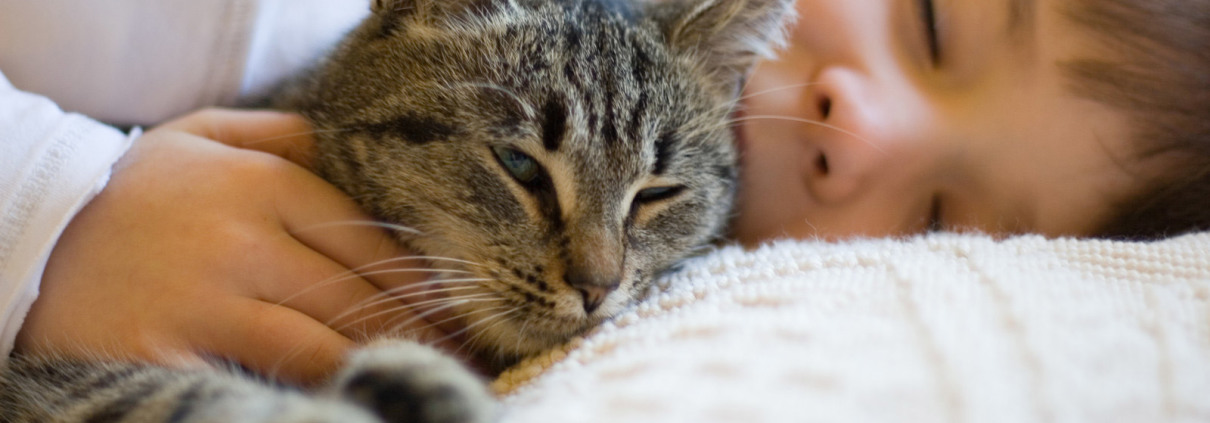What is Zoonosis?
Zoonosis are diseases that can spread from animals to people
A disease which is naturally transmissible from animals to people is classified as a zoonosis. More than 200 zoonosis have been identified involving all types of agents, bacteria, parasites, viruses, prions, fungi and others.
Zoonotic diseases can spread through a variety of means such as working closely with livestock, household pets, exhibited animals or wildlife, by coming in contact with soil and water contaminated by animals and by consuming unpasteurised dairy products
PREVENTION
Practising good personal hygiene, wearing protective clothing, maintaining health animals and undertaking vaccinations where appropriate, can minimise the risk of some animal – borne diseases infecting people.
Known zoonotic diseases include:
- Anthrax
- Australian bat lyssavirus
- Brucellosis
- Cat-scratch disease
- Cryptoccoccsis
- Giardiasis
- Hendra virus
- Hydatid disease
- Leptospirosis
- Listeriosis
- Melioidosis
- Psittacosis
- Q fever
- Ringworm
- Samonella
- Sparganosis
- Tetanus
- Toxocariasis
- Toxoplasmosis
People at risk
Some people are more susceptible to disease than others. Most can overcome exposure to diseases provided they are healthy and their immune system is functional. Higher risk groups include people on immune-suppressive treatments, diabetics, alcoholics, HIV-infected people and pregnant women
Specific occupational groups may also be at higher risk of zoonotic infections, Meatworkers, farmers, wildlife workers and veterinarians, who have close contact with animals, may have increased exposure to diseases like Q fever and leptospirosis. Whereas wild pig shooters may come in contact with pigs infected with brucellosis. Some disease such as salmonellosis can be contracted from eating foods that aren’t cooked properly and unpasteurised dairy products, may cause listeriosis. Owning pets can be rewarding, however, there close proximity to people. Especially children can result in the spread of diseases.
Precautions
Anyone working with or handling animals should take precautions to minimise the risk of infection. Because different zoonotic diseases behave differently, avoiding specific infections requires an individual approach. A few straight forward practices can provide a high level of general protection.
Precautions include:
- Good personal Hygiene: Wash hands after handling animals and before preparing or eating food or smoking cigarettes. Unwashed hands should not be put in the mouth, including someone else’s mouth
- Hygienic food preparation; Food-borne diseases can be largely avoided through correct processing and h hygienic food preparation
- Vaccination for people. Vaccines are available for some zoonoses and they should be make use of. Abattoir works, farms and vets should seek advice on Q fever vaccination. To protect against Australian bat lyssavirius, bat carers are advised to have a rabies vaccination
- Personal protection: Gloves boots and aprons or overalls should be worn when handling animals. Cover cuts and scratches with waterproof plasters. For some diseases that may be fatal to people eg: Hendra virus, full protective clothing is essential including respiratory protection
- Maintain animal health. Farm biosecurity and animal health programs including the use of vaccines, play an important role in reducing the risk of some zoonotic diseases. Pet owners should make sure their animals are health y and regularly wormed; private veterinarians can provide advice on treatments
- Care when pregnant: To reduce the risk of toxoplasmosis, pregnant women should not empty cat litter boxes and or handle pregnant ewes
- Care when immune-suppressed : People with depressed immunity whether due to illness or medical treatments, should avoid all exposure to zoonotic diseases
- Suspect and stray animals: Animals that appear ill or carry skin infections should not be handled without precautions. It is also wise to avoid handling stray animals.
Taken from the Department of Agriculture, Fisheries and Forestry “Zoonoses”


